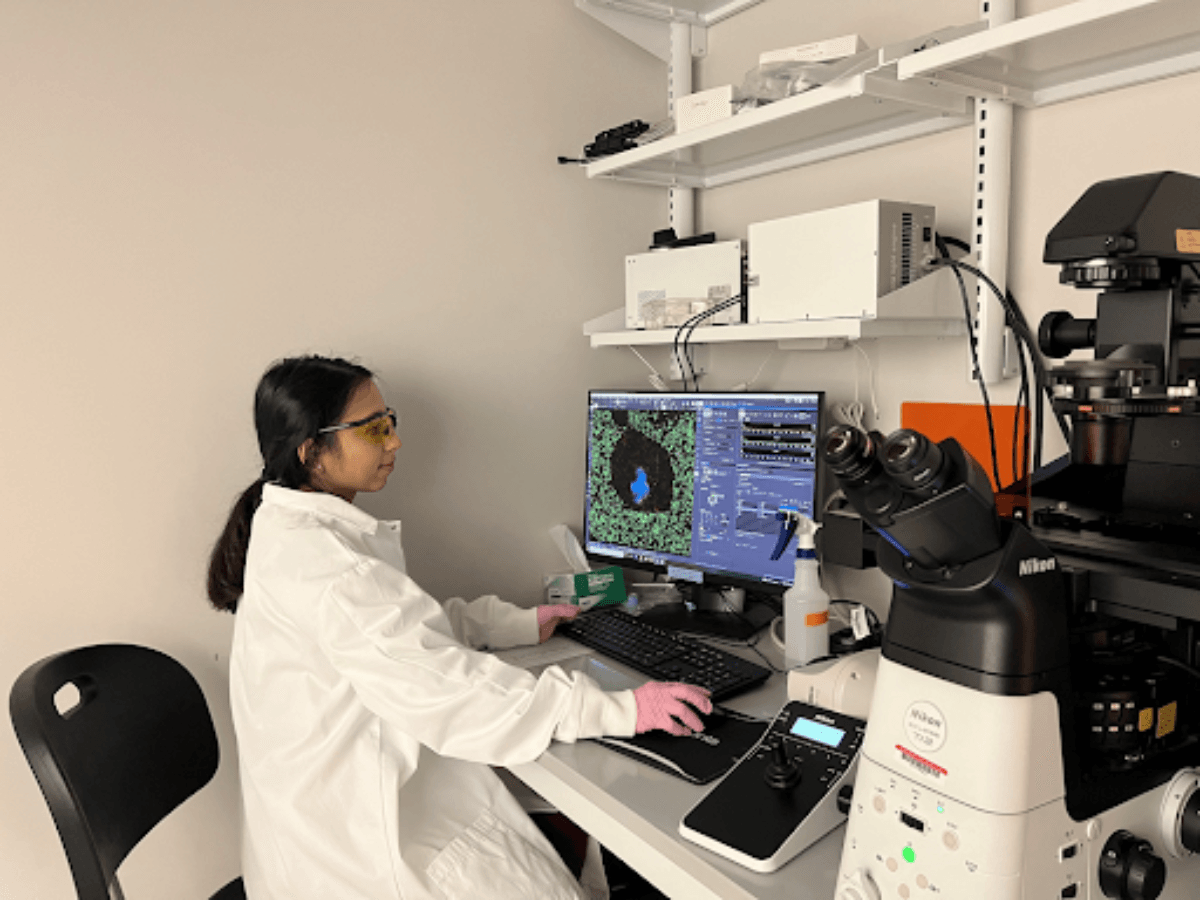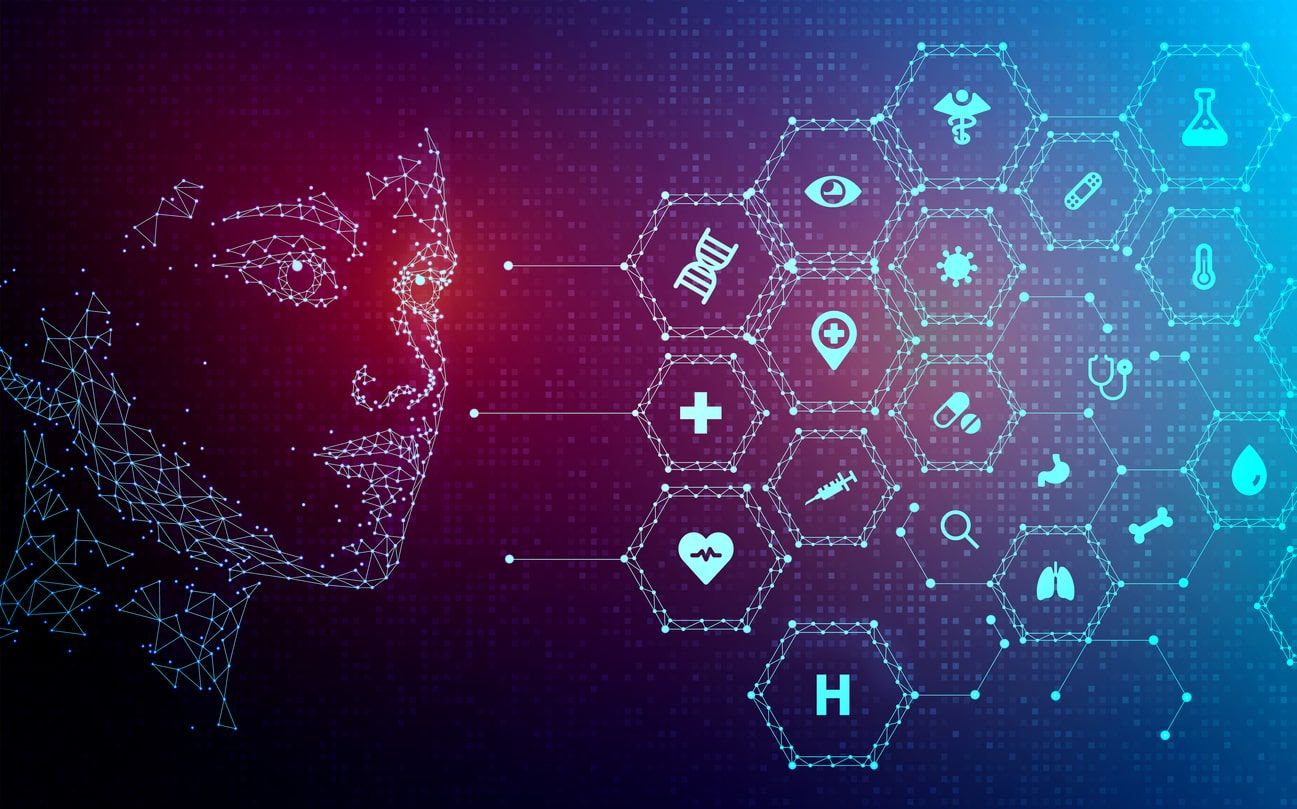
The Cancer News
AN AUTHORITATIVE RESOURCE FOR EVERYTHING ABOUT CANCER
Is Artificial Intelligence Echoing Human Bias in Cancer Care?

“Can machines think?” Alan Turing, a pioneer in computer science and artificial intelligence (AI) posed this intriguing question in the 1950s. The answer to this question has unraveled a whole new reality since then.
AI is at the forefront of technological innovation, driving changes across multiple sectors. From simplifying tasks to saving lives, AI is now woven into nearly every aspect of human life. A quick browser search no longer feels tedious, as AI-generated summaries save time by eliminating the need to go through multiple websites. Wondering what to cook for dinner? Your favorite chatbot and buddy can suggest anything under the sun, but you still have to do the cooking—unless, of course, you have an AI-powered robot. Nonetheless, AI integration is constantly revolutionizing the way we navigate daily life. But can AI improve healthcare and even cancer care?
One major oncology trend predicted to continue its success in 2025 is the use of AI in cancer diagnosis and drug discovery. This is an exciting breakthrough for oncology, considering the large volume of cancer research data generated each year. Imagine detecting all types of cancer early during a routine wellness checkup and providing patients with a precisely tailored treatment plan that offers a high cure rate. Such a possibility will significantly lower cancer death rates globally.
AI refers to machines or systems that mimic human intelligence, aiming to think and behave like humans through learning, planning, predicting, reasoning, and perception. The development of AI involves three layers: the perception layer, cognitive layer, and decision-making layer. The perception layer allows the system to sense the environment like humans, while the cognitive layer enables higher-level reasoning and knowledge acquisition, modeling human brain-like intelligence. These layers work together to help the system make optimal decisions. The development process requires data, storage, computing power, machine learning algorithms, and AI frameworks.
Once built, AI can be deployed into various sectors, such as basic sciences, industrial manufacturing, governance, cyberspace, daily life, and healthcare. With the increasing needs of healthcare for patients and enormous data being generated by researchers, there is a great need for AI technology to be embedded in the medical space, from equipment to disease management.
Cancer is a deadly disease that claims up to 10 million lives globally. Its incidence continues to rise despite significant medical advancements in recent years. In addition to research and drug discovery, clinicians and organizations have been advocating for early-stage cancer detection and diagnosis. AI offers new possibilities in preventative cancer care through its two forms of algorithms: predictive AI and generative AI. Predictive AI learns patterns from past data to make predictions about new situations. For example, an AI that analyzes mammograms to detect breast cancer is a predictive tool. Generative AI, on the other hand, creates new content rather than just recognizing patterns. A chatbot that talks with patients is an example of generative AI. Researchers have reported the merit of applying both forms of AI in cancer diagnosis and management.
One study used AI to combine imaging scans taken at different times to predict survival and treatment outcomes for patients with advanced lung cancer. Tracking tumor changes over time is crucial for understanding how a patient will respond to chemotherapy or radiation. Traditionally, doctors rely on clinical parameters to determine treatment and predict outcomes, but this approach does not account for changes within the tumor. AI, however, can analyze tumors in a more precise, measurable way. This could make it easier for doctors to use AI-based imaging to personalize treatment—offering a non-invasive, affordable tool that requires minimal human effort.
Similarly, targeted drug development for specific cancer types is increasing. AI plays a crucial role in speeding up the discovery and development of cancer treatment drugs. For example, when a cancer is driven by a specific protein, AI can be used to predict a protein’s shape and design drugs that precisely block its activity—much like using a key to turn off a speeding car through its ignition switch. AI’s applications in cancer drug discovery span designing new small-molecule drugs, optimizing their production, predicting protein shapes and potential drug interactions, identifying promising drug targets, and understanding the link between a protein’s shape and its function.
Besides cancer diagnostics and drug discovery, AI is transforming medical practice. Despite being preventable, cervical cancer remains prevalent worldwide. Traditionally, screening follows a three-step process: cervical cytology, colposcopy, and histopathology. Cytology-based screening faces many challenges in low-resource areas. Sometimes, there are not enough professionals to examine the large number of slides, and other times there are no standardized systems to ensure quality in population-wide screening. Interestingly, a study of 700,000 women found that an AI-assisted cytology system achieved a 94.7% agreement rate with manual readings. This finding demonstrates AI’s potential to improve the accuracy and efficiency of population-based cervical cancer screening.
From diagnostics to early detection, there is no doubt that AI has the potential to positively impact cancer prevention and management. But would that impact be on a larger global scale? Or would AI widen the disparities that already exist in cancer care?
Unfortunately, AI carries the risk of worsening existing health disparities. Machine learning models trained on skewed genetic data may not fully capture important differences in diagnosis, prognosis, and treatment across different racial groups. For example, a study showed that the frequency of FOXA1 mutations in prostate cancer was significantly higher, whereas TP53 mutations were significantly lower in Black men compared with white men. Also, African-American men have higher rates of prostate cancer, partly due to more frequent mutations in genes linked to inherited cancer risk. So, if AI models are trained on biased or incomplete data that overlook certain racial, ethnic, or socioeconomic groups, they may reinforce and even deepen inequalities in access to care, accurate diagnoses, and effective treatments. To prevent this, it is important to collect inclusive data, develop models transparently, and prioritize equitable outcomes—ensuring AI benefits all cancer patients, not just a privileged few.
Human bias is inevitable, but it is important to reduce its impact on cancer care. Healthcare decisions based on clinical trials that do not include diverse populations can slow progress in cancer treatment. For example, if an AI model is used to decide which patients with chest pain should be sent for a cardiac procedure, and African American women were historically referred less often than white men, the model may miss identifying these women. To address biases in AI and ensure fairness, three principles inspired by distributive justice have been proposed: Equal Outcomes, Equal Performance, and Equal Allocation. Equal Outcomes ensures that all groups benefit equally from AI models, either by providing equal benefits or reducing disparities. Equal Performance and Equal Allocation focus on ensuring accuracy and fair distribution of resources, but they may not always lead to equal outcomes. Overall, these principles ensure that AI models provide fair benefits to all patients.
There is no doubt that AI offers immense benefits in healthcare. In the 2024 Binaytara Global Oncology Summit, Dr. Hoifung Poon, one of the thought leaders in global health innovation, highlighted the importance of using AI to uncover insights that surpasses current medical knowledge by analyzing large-scale real-world data. He remarked, “Every day there are billions and billions of data points collected in the routine clinical care that document the journey of a patient from diagnosis to treatment to outcome... Right now... if we can sort of unlock those insights in each patient’s journey, then this could be on a population scale.” Dr. Poon will further engage with the medical and scientific community about AI at the Summit on Cancer Health Disparities (SCHD25). At this conference, he will present on ‘Emerging Technology to Support Cancer Health Equity’ as part of the session titled ‘Leveraging Technology and AI to Support Cancer Health Equity.’
AI has unlimited potential to take cancer care to new heights by enabling early diagnosis, guiding effective treatment options, and automating routine tasks. This frees up more time for meaningful and productive interaction between clinicians and patients.
It is not whether machines can think or not, but whether they possess the nuances that humans have. It is whether our human biases are being projected into AI-powered clinical applications. It is whether life-saving AI clinical technologies can be accessed by those in rural and low-income settings. AI models are only as good as the information they are fed. Their value lies in being accessible to those who need them the most. Ultimately, it is about using AI to not only save lives but also close the equity gap that exists in access to cancer care.





